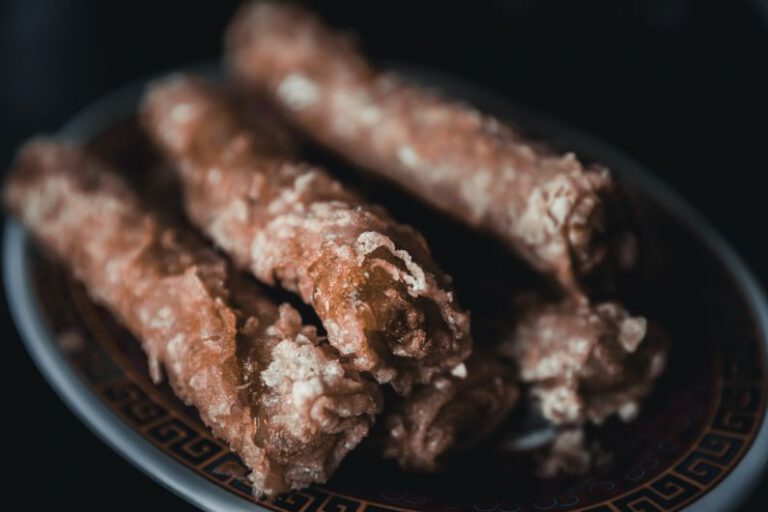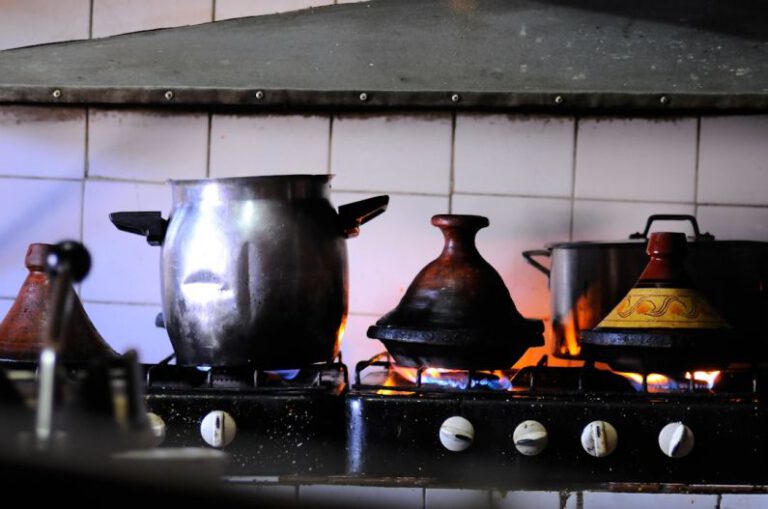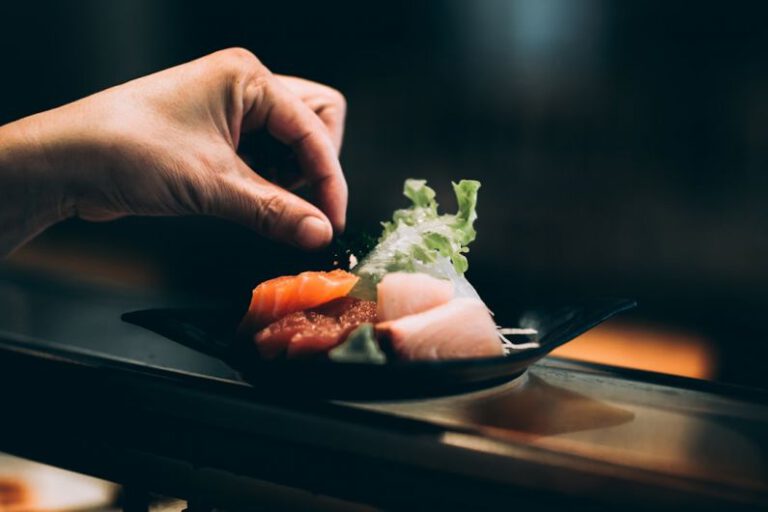Can You Discover the Roots of Indian Spices?
India, known for its vibrant culture and rich history, is also renowned for its diverse and flavorful cuisine. One of the key elements that make Indian food so unique and delicious is the plethora of spices used in its preparation. From the fiery heat of chili peppers to the warm sweetness of cardamom, Indian spices tantalize the taste buds and add depth to any dish. But have you ever wondered about the origins of these aromatic treasures? Let’s delve into the fascinating world of Indian spices and uncover their roots.
**A Spice Odyssey**
The history of Indian spices is a tale as old as time, dating back thousands of years. India has been a hub of spice trade since ancient times, attracting merchants from far and wide in search of exotic flavors. The spice trade played a significant role in shaping the course of history, leading to the discovery of new lands and the establishment of trade routes that connected the East and the West.
**The Spice Route**
One of the most famous trade routes that facilitated the exchange of spices was the Spice Route. This network of maritime and overland trade routes spanned across Asia, Africa, and Europe, connecting the major spice-producing regions with the rest of the world. Indian spices such as pepper, cinnamon, cloves, and nutmeg were highly sought after commodities that drove the economy and influenced geopolitics.
**Cultural Influence**
Indian spices not only influenced global trade but also left a lasting impact on the cultural and culinary traditions of various civilizations. The use of spices in Indian cooking is deeply rooted in the country’s history and is intertwined with religious practices, traditional medicine, and social customs. Spices were not just condiments but also symbols of wealth, power, and hospitality.
**The Spice of Life**
Each region of India boasts its unique blend of spices, reflecting the diversity of its landscapes, climates, and cultures. For example, the coastal regions favor the use of coconut, tamarind, and curry leaves in their dishes, while the northern regions lean towards spices like cumin, coriander, and garam masala. The combination of these distinct flavors creates a tapestry of tastes that is as varied as the country itself.
**Rediscovering Ancient Flavors**
In recent years, there has been a resurgence of interest in traditional Indian spices and culinary practices. Chefs, food enthusiasts, and scientists are exploring the medicinal properties and health benefits of these age-old ingredients. Turmeric, for instance, has gained international acclaim for its anti-inflammatory and antioxidant properties, sparking a trend of incorporating this golden spice into modern dishes and wellness routines.
**The Future of Indian Spices**
As we look to the future, the demand for authentic and ethically sourced Indian spices continues to grow. Consumers are increasingly conscious of the origins of their food and the impact of their choices on the environment and local communities. Sustainable farming practices, fair trade agreements, and certification programs are being implemented to ensure the quality and integrity of Indian spices are preserved for generations to come.
**Unveiling the Mysteries of Indian Spices**
In conclusion, the roots of Indian spices run deep, intertwining history, culture, and commerce in a fragrant tapestry that has enchanted the world for centuries. By exploring the origins and significance of these aromatic treasures, we gain a deeper appreciation for the flavors that define Indian cuisine and the stories they tell. So, the next time you savor a dish infused with the warmth of cinnamon or the pungency of mustard seeds, remember that you are tasting a piece of history and tradition that transcends time and borders.






